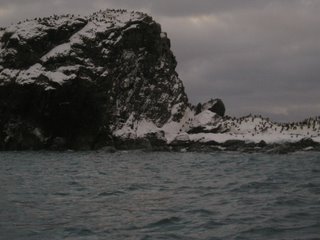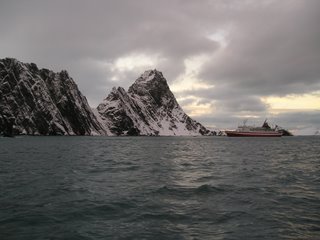The rocking continued throughout the night, though I slept well. The following morning, however, the swell had taken its toll. Many had been sick and were to get sicker. The lecture at 9.15 was on penguins and was not full. As it progressed, people began to hurry out, and in this classroom the teacher was helping them out. Whether the seasickness tablets were working (they didn't for others) or I sail well, I don't know, but I was immune to the general malaise. I found out later that there was a busy trade in the doctor's office, as he had some miracle injection that succeeded where the tablets failed.
Towards the end of the lecture, I began to get bored and started deleting photos from my camera to free up some memory. Anna suddenly burst into a demonstration (of penguin waddle, I think) and came down to check on what I was doing. I turned off the camera pronto. We can come or go as we please, but a classroom's a classroom.
Lance couldn't make his lecture (though he popped up later to deliver it, still queasy) and I think David came on early with a video on Shackleton. Afterwards, and for most of my free time, I was up on deck enjoying the ride. The top deck at the front was the best. As the boat lurched into trough after trough, there would be a huge explosion of water. Another huge swell would loom up and the ship perched at the crest of the last would suddenly dive forward. Depending on the timing the spray could be enormous. The wind too was terrific throwing little icy pellets into our already stung faces. I say 'our' because two English guys, young and old, Christian and Robert, occasionally joined in. I suppose we were always safe, but I found the whole thing fantastic.
Just a few notes on the ship, the M.S. Explorer. It has four decks, I think, the manin deck, the pool deck, the bridge deck and the top deck. We can go into the bridge room occassionally, but on either side of it is a relatively sheltered area used for bird-spotting etc.. The top deck is the coldest, the wind making it difficult to stare forward, even with my glasses. Occasionally if the Captain sees fit, the bow, which opens off the lounge on the main deck, might be opened to passengers. Otherwise it's a workplace.
The dining hall, reception and lounge are all on the main deck. An itinerary of the day's events will be posted the preceding night at reception and other specified areas. A list of the birds and mammals we might see is printed and posted too, and ticked off by day as creatures are sighted.
The day starts with a big breakfast from 8 until 9, with lectures following until around 12. Lectures are on ornithology, geology or history and may feature a film. Of course, lectures might be abandoned if we are to go onshore. Coffee and tea are always available. Lunch at 12.30 is a well-stocked buffet with three main courses, salads, dessert and cheese. Another lecture or film might fill the afternoon, unless there is a trip ashore, but really our time is our own until dinner at 7.30. This is a happy affair with tables of 8 and a 4 course meal.
By evening things had settled down somewhat and the many, many people who had taken to their cabins suddenly came out into the light. Unfortunately the weather had slowed us down and a landing on Elephant Island was now no longer possible. However, we could make a brief trip around them in the inflatable motorboats, the zodiacs. It was a good deal better than nothing.
What's left of the beach at Point Wild where Shackleton's men spent several months awaiting rescue, not knowing if Shackleton had made the barely possible trip to South Georgia, is hardly visible, a disjointed stretch of rocks just gasping above the waterline. Standing very incongruously on a pedestal on this outcrop is a bust in memory of the captain of the vessel that eventually did come to their aid. For us was an added bonus, our first sight (and smell) of penguins. The chinstrap penguin is a subantarctic maritime penguin, meaning it lives mainly outside the antarctic circle. Here there were thousands and thousands of the black and white fowl. A smell I recognised from the zoo was everywhere. Also on the huge cliffs above us, gulls were nesting and flying through the twilight, they presented an eerie sight. On shore too could be seen a huge cliff of ice. Should any of that wall collapse, I was pretty sure we'd be overturned in the wave created, but I for one didn't really care. This was wonderful.


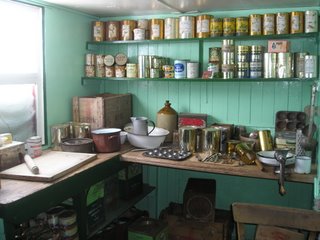
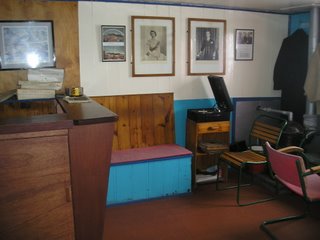
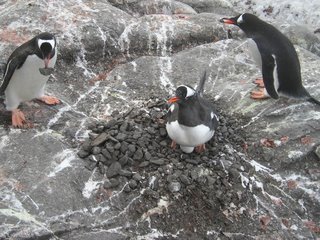
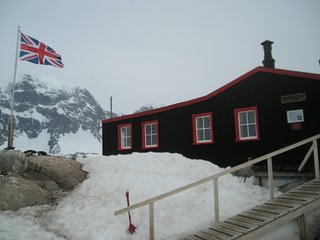
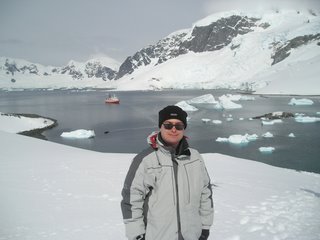
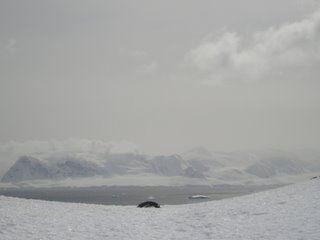
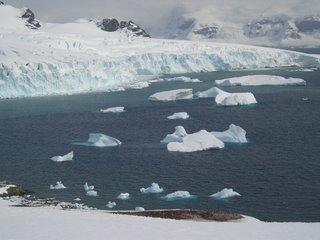

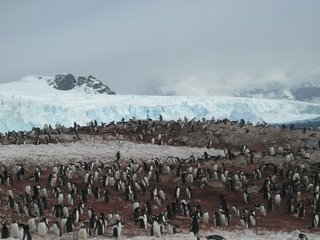
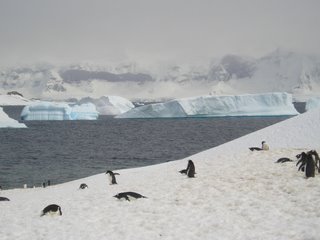
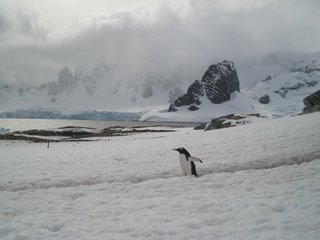
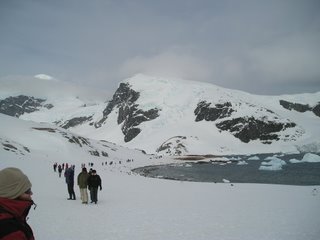



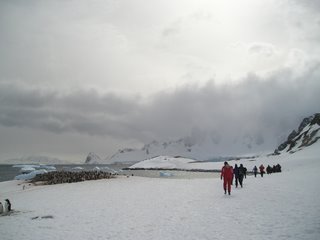
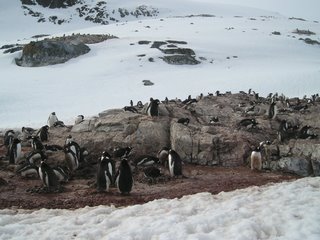
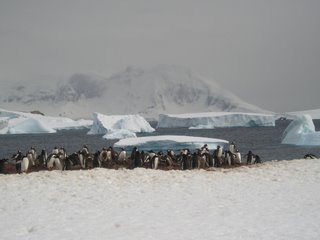

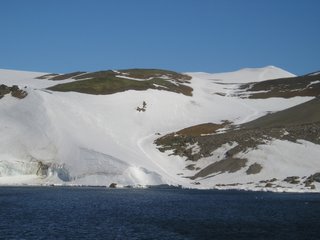
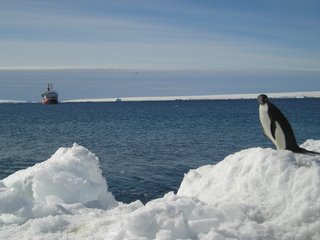
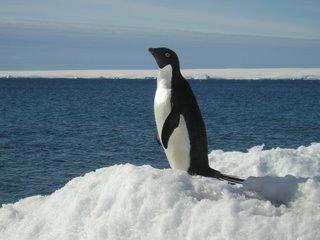
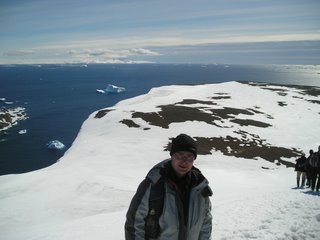
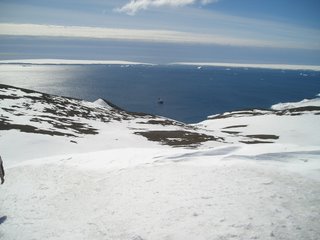
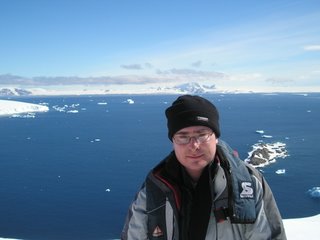 Greater Spectacled Penguin
Greater Spectacled Penguin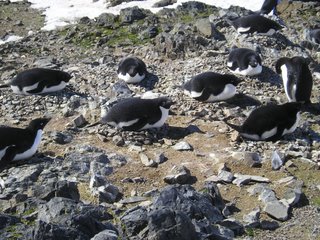
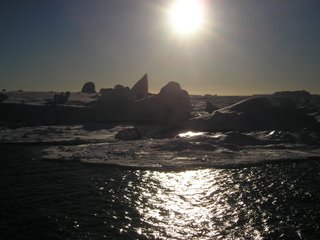
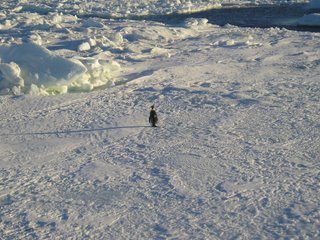
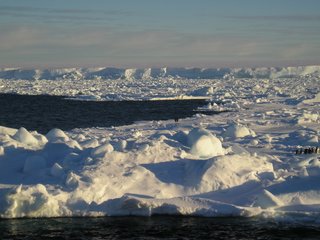
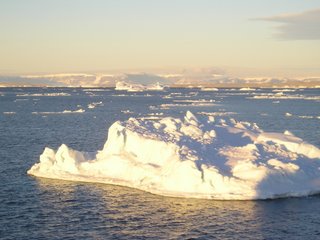
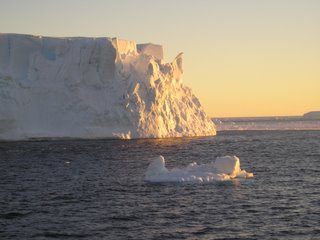
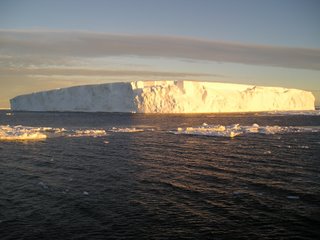
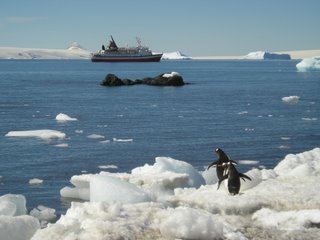
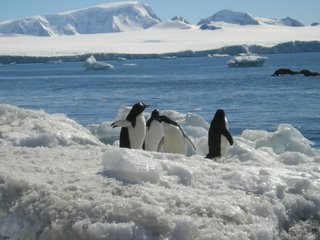
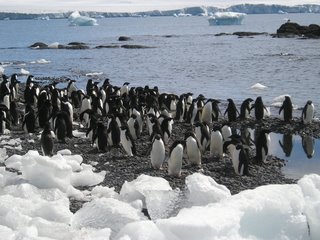
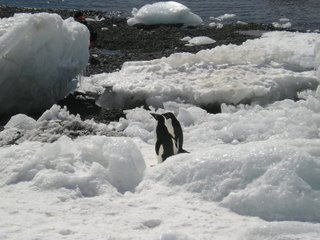
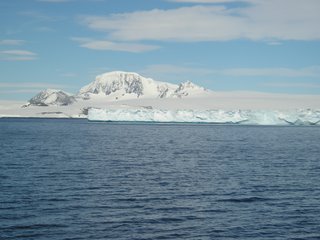
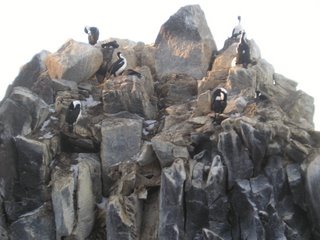

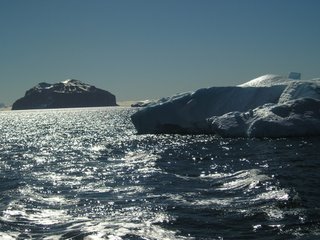
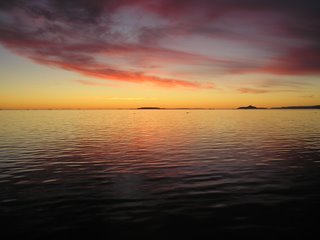
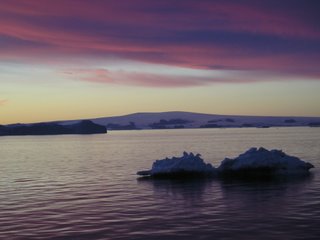
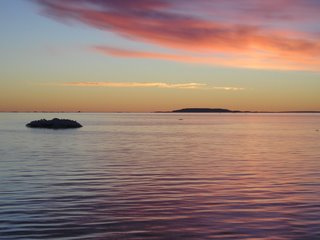
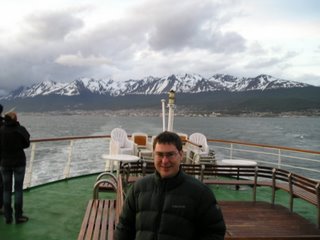
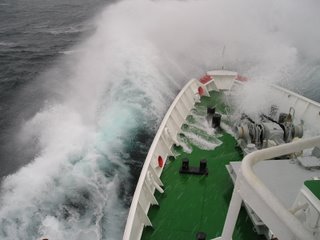 The Drake passage - Breaking the waves
The Drake passage - Breaking the waves Broken by the waves
Broken by the waves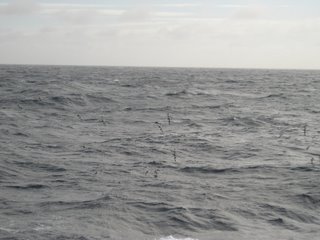 Cape Petrels flying with the ship
Cape Petrels flying with the ship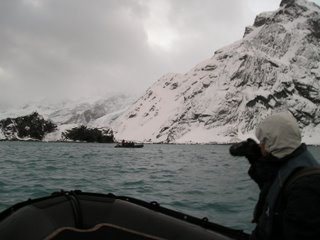 Zodiac travel
Zodiac travel Point Wild, Elephant Island - The 'beach' where Shackleton's men were stranded (and the bust commemorating the man who commanded the ship that saved them, Luis Pardo).
Point Wild, Elephant Island - The 'beach' where Shackleton's men were stranded (and the bust commemorating the man who commanded the ship that saved them, Luis Pardo). Our first sight of penguins, and definitely not the last: Chinstraps!
Our first sight of penguins, and definitely not the last: Chinstraps!
